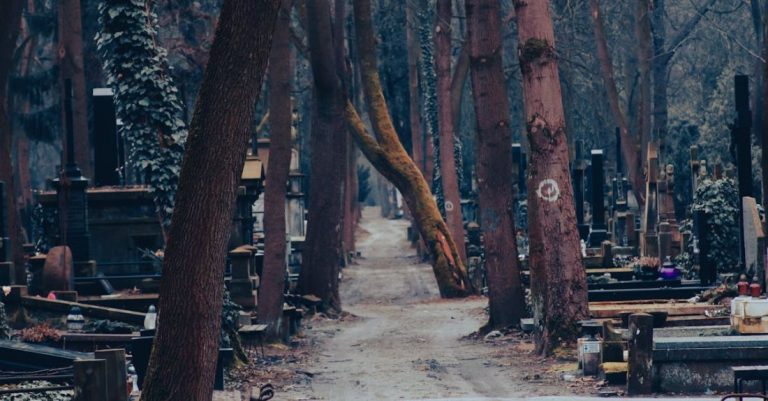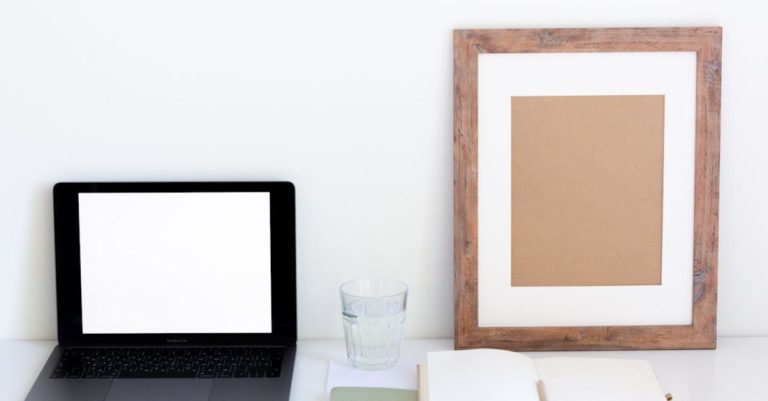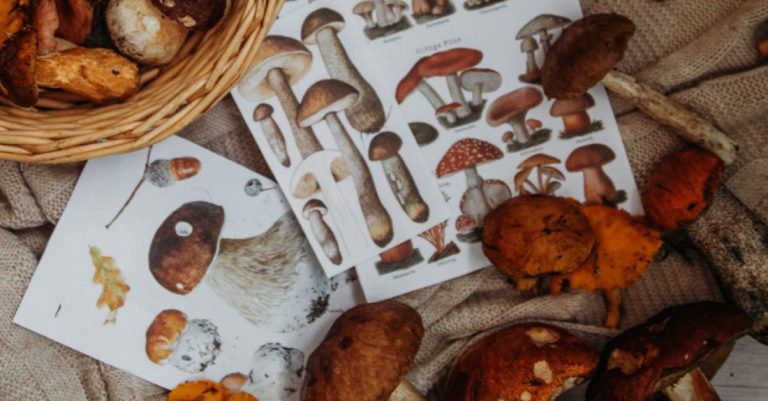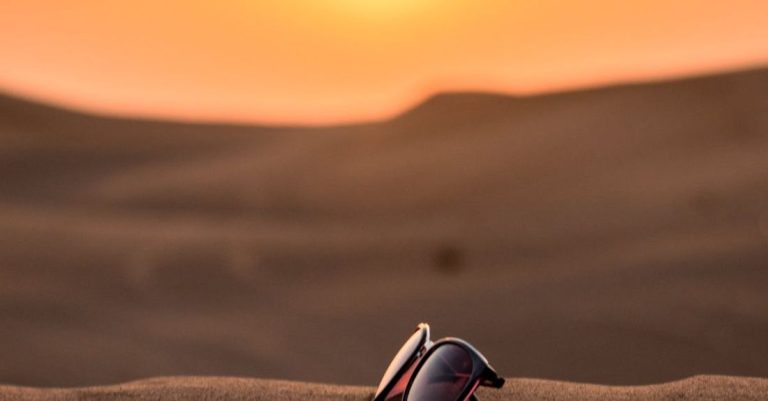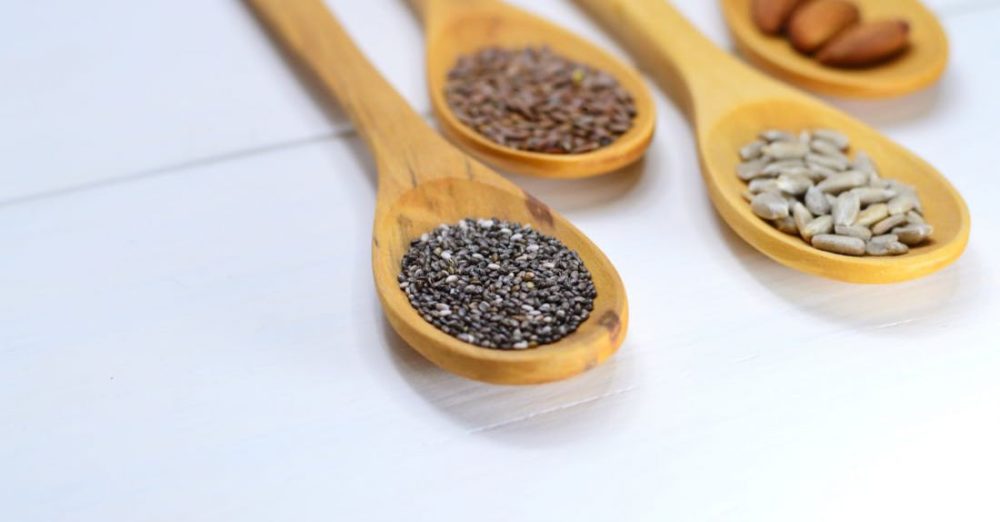
Spring is just around the corner, and for many avid gardeners, this means it’s time to start planning for the upcoming planting season. One way to get a head start on your garden is by starting seeds indoors. This method allows you to nurture your plants in a controlled environment before transplanting them outside when the weather is more favorable. In this guide, we will walk you through the steps on how to start seeds indoors for spring planting.
Choosing the Right Seeds
Before you begin your indoor seed-starting journey, it’s essential to select the right seeds for your garden. Consider the types of plants you want to grow and whether they are suitable for starting indoors. Some common vegetables and flowers that thrive when started indoors include tomatoes, peppers, zinnias, and marigolds. Make sure to check the seed packets for specific instructions on indoor sowing.
Selecting Containers and Soil
When starting seeds indoors, using the right containers and soil is crucial for the success of your plants. Opt for seed-starting trays or biodegradable pots that provide adequate drainage to prevent waterlogging. Additionally, choose a high-quality seed-starting mix that is lightweight, sterile, and provides good aeration for the roots to grow.
Sowing the Seeds
Once you have your containers and soil ready, it’s time to sow the seeds. Fill the containers with the seed-starting mix, leaving some space at the top for watering. Follow the instructions on the seed packets for the recommended planting depth and spacing for each type of seed. After placing the seeds in the soil, gently pat them down and cover them with a thin layer of soil.
Watering and Lighting
Proper watering and lighting are essential for the successful germination of seeds indoors. Keep the soil consistently moist but not waterlogged to avoid damping off, a common fungal disease that affects seedlings. Use a spray bottle or a watering can with a fine rose attachment to water the seeds gently.
For optimal growth, provide adequate lighting for your seedlings. Place them near a bright window where they can receive plenty of natural light, or use grow lights to supplement sunlight. Keep the lights on for 12-16 hours a day to mimic the conditions of outdoor sunlight.
Maintaining Temperature and Humidity
Maintaining the right temperature and humidity levels is crucial for seed germination and growth. Most seeds germinate best at temperatures between 70-80°F (21-27°C). You can use a seedling heat mat to provide bottom heat for the seeds, especially if your home tends to be on the cooler side.
To maintain humidity, cover the containers with a clear plastic lid or a plastic wrap to create a mini greenhouse effect. Check the soil moisture regularly and ensure proper ventilation to prevent mold growth.
Transplanting Seedlings
Once your seedlings have developed a few sets of true leaves and are sturdy enough to handle, they are ready to be transplanted into larger pots or directly into the garden. Gently loosen the soil around the seedlings and carefully lift them out, being careful not to damage the roots. Plant them at the same depth as they were in the original containers and water them thoroughly.
Pests and Diseases
Keep an eye out for common pests and diseases that can affect indoor seedlings, such as aphids, fungus gnats, and damping off. To prevent these issues, practice good sanitation by keeping your growing area clean and free of debris. If you notice any signs of pests or diseases, take prompt action to prevent them from spreading to your other plants.
Enjoying the Fruits of Your Labor
Starting seeds indoors for spring planting can be a rewarding experience that allows you to get a jumpstart on your garden. By following these steps and providing the right conditions for your seedlings to thrive, you can enjoy a bountiful harvest of vegetables and flowers when the time comes to transplant them outdoors. So roll up your sleeves, get your hands dirty, and watch your indoor garden come to life!
In Summary
Starting seeds indoors for spring planting is a great way to kickstart your garden and enjoy an early harvest of your favorite plants. By selecting the right seeds, containers, soil, and providing proper care in terms of watering, lighting, temperature, and humidity, you can set your seedlings up for success. Keep an eye out for pests and diseases, and be prepared to transplant your seedlings once they are ready. With a little time and effort, you’ll soon be reaping the rewards of your indoor gardening endeavors. Happy planting!
